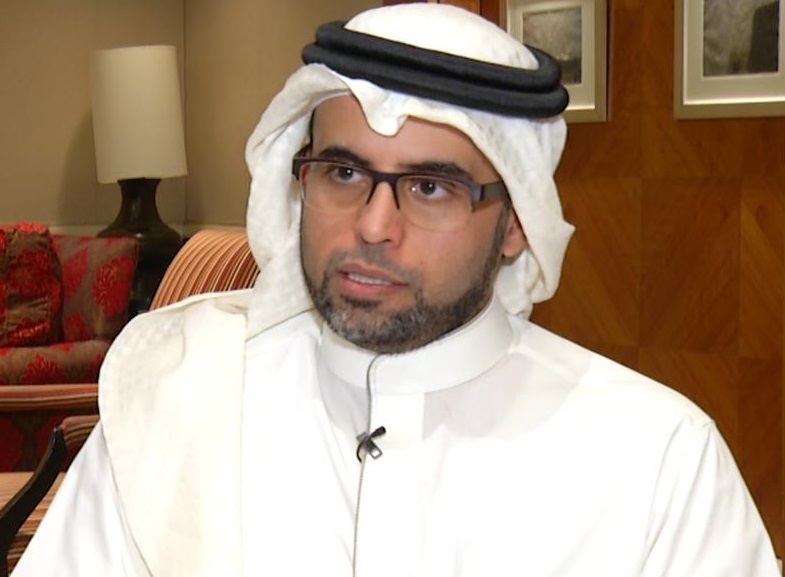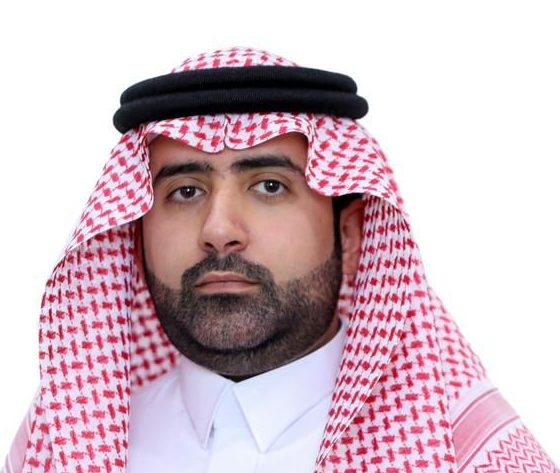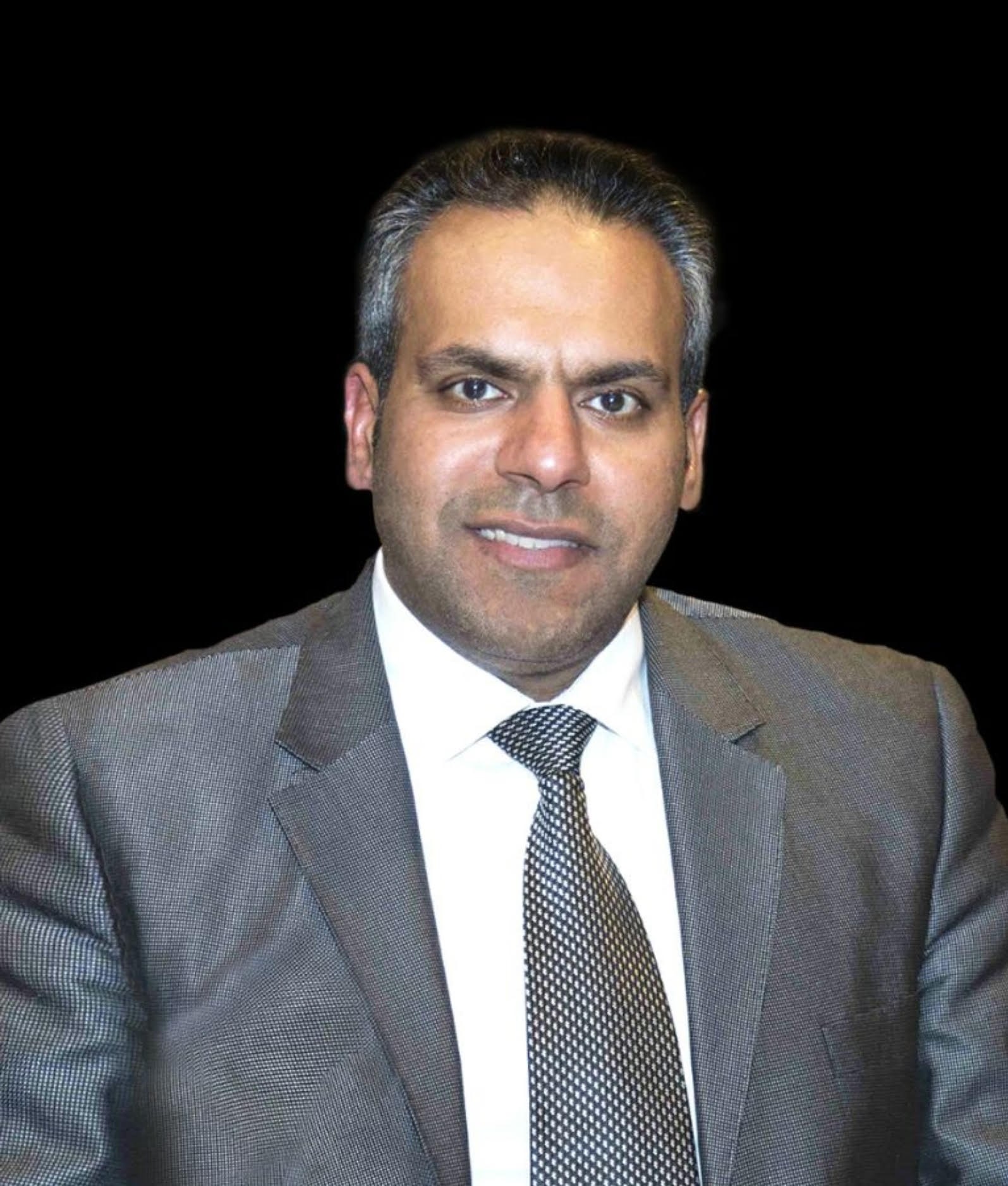© 2020 All rights reserved to Maaal Newspaper
Publisher: Maaal International Media Company
License: 465734
Negative Real Yield and Saudi Sovereign Sukuk (3-6)
Mohammed Khnifer
@MKhnifer
Sukuk and conventional financing share the same features that could make them vulnerable to global factors. One thing to note is that international investors should consider economic fundamentals over the headline risks that come from the Middle East.
In our region (Gulf Cooperation Council (GCC)), active portfolio managers, who are on the ground, would tend to benefit more than the passive ones (this is due to the fact that most new investors in our region can easily be moved by negative sentiments and geopolitical risks). And when that happens, we can see ‘smart money’ coming in and picking up certain GCC bonds/Sukuk at a great value.
Reaching Banks’ Lending Limit Pushes Borrowers Toward Debt
The main drivers of GCC Sukuk issuance would be at least two things:
- The suitable cost of the borrowing environment which we are witnessing, i.e. the low yields from US (United States) Treasury bonds had a positive effect across all GCC securities in secondary markets unlike other emerging market countries (where their currencies are floated). GCC currencies are pegged to the US dollar.
- Some GCC borrowers have exposure to all their relevant local lenders. Thus, these banks cannot exceed certain lending limits, prompting borrowers to seek external/ internal funding sources via debt issuance. Note that, in Saudi Arabia, the preferable/ prevailing debt instrument (among investors) is Sukuk.
Regulation S vc. Rule 144A
Prospective issuers would need to decide before their Sukuk program is established on their preference for Rule 144A or Regulation S. Each of these formats will have an additional legal cost as the transaction documents need to be reflected.
The basic difference between Rule 144A and Regulation S is that securities under Rule 144A can only be held by qualified institutional buyers, whereas securities under Regulation S can be held by any non-US holder. Regulation S is applicable only to offshore offerings and cannot be sold in the US.
For Regulation S, there are only auditor and management due diligence sessions. There would be no documentary due diligence. However, for Rule 144A, there is a full documentary due diligence process requiring the collation of material contracts and documents relevant to the issuer’s business.
When it comes to the legal opinion regarding Regulation S, the English law opinion will be used. For Rule 144A, a 10b-5 letter, the English law legal opinion and the US law legal opinion will be used as well.
لتحميل الملفات المرفق
IMG-0772-1.jpg
Related





